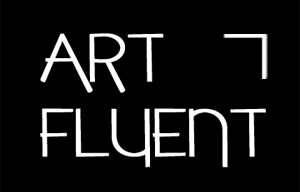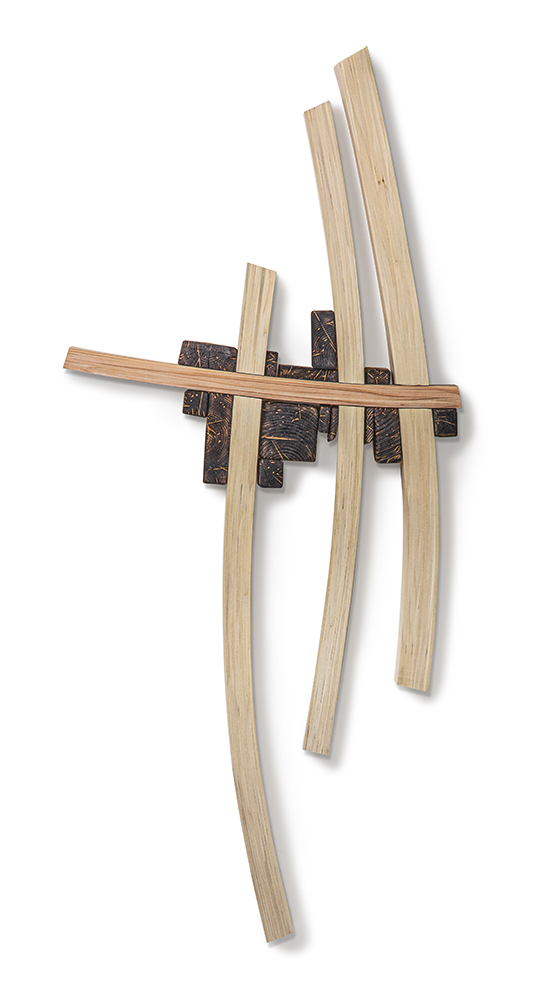
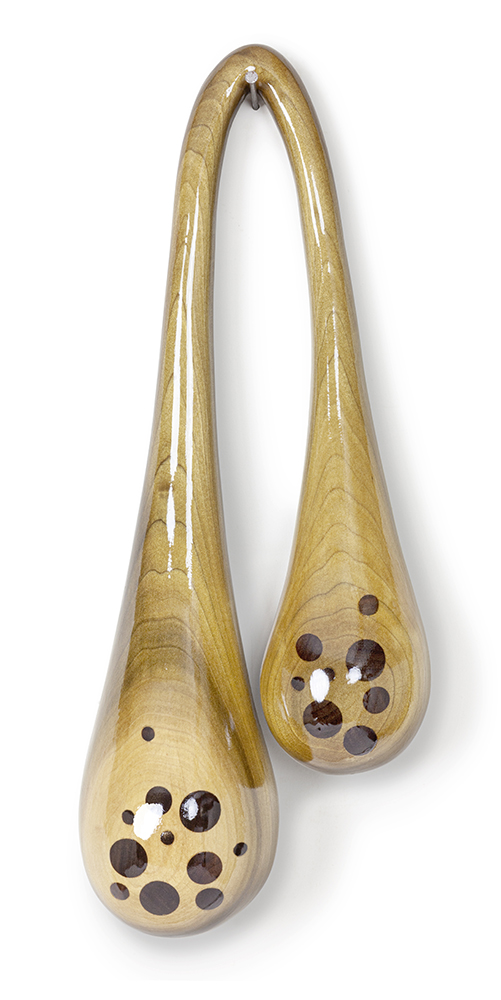
-Is there a message or inspiration that you hope others will take away from your work?
Some art is all about the message it depicts – whether idealogical, political, or personal – and some, mine included, is not. My primary goal is to create curious and beautiful objects that celebrate the material in unique and fascinating ways. The “meaning” of my sculpture is deliberately ambiguous, allowing the viewer the opportunity to use their imagination to build their own understanding of the work.
By creating objects that are out of the ordinary and probably unlike anything a viewer has seen, I like to think I might be inspiring some folks to think beyond their normal boundaries, not just in art-making, but in their everyday lives.
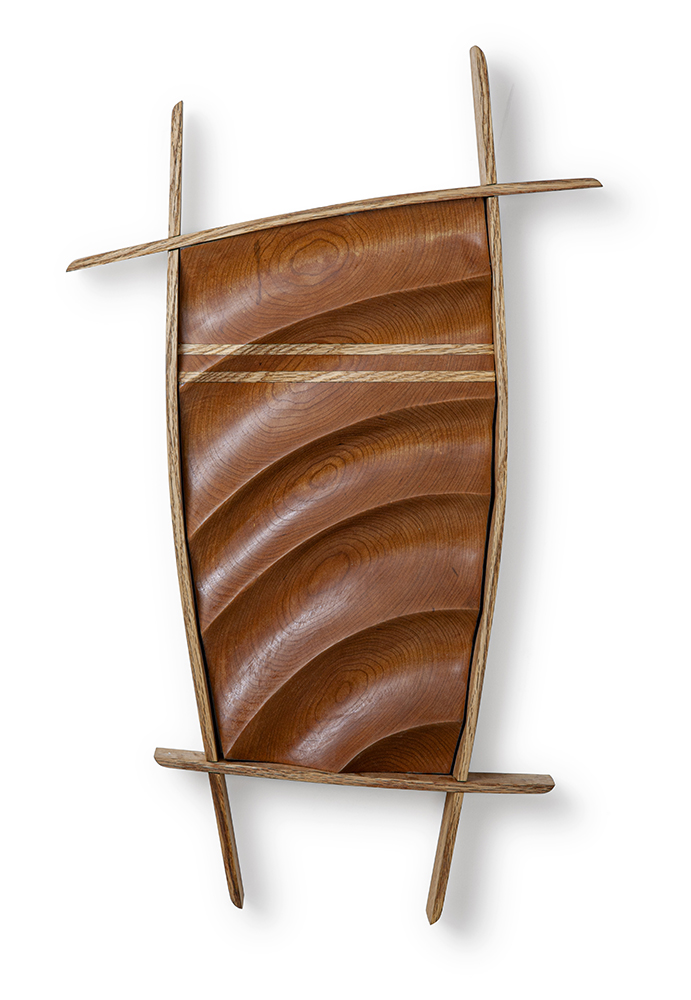
-When Michelangelo was asked about David he said “It is easy. You just chip away the stone that doesn’t look like David.” How do you approach a piece of wood? Do you already see the finished piece in its raw state?
When working with wood, I typically plan my projects fully before ever touching the material. Once my concept is solidified I select the material, and it’s at this point I choose the wood for certain of its attributes: grain, color, bendability, finish characteristics, and availability. Because I often push the wood to its limits in terms of bending, shaping and distressing it, material choice is key to the success of the piece.
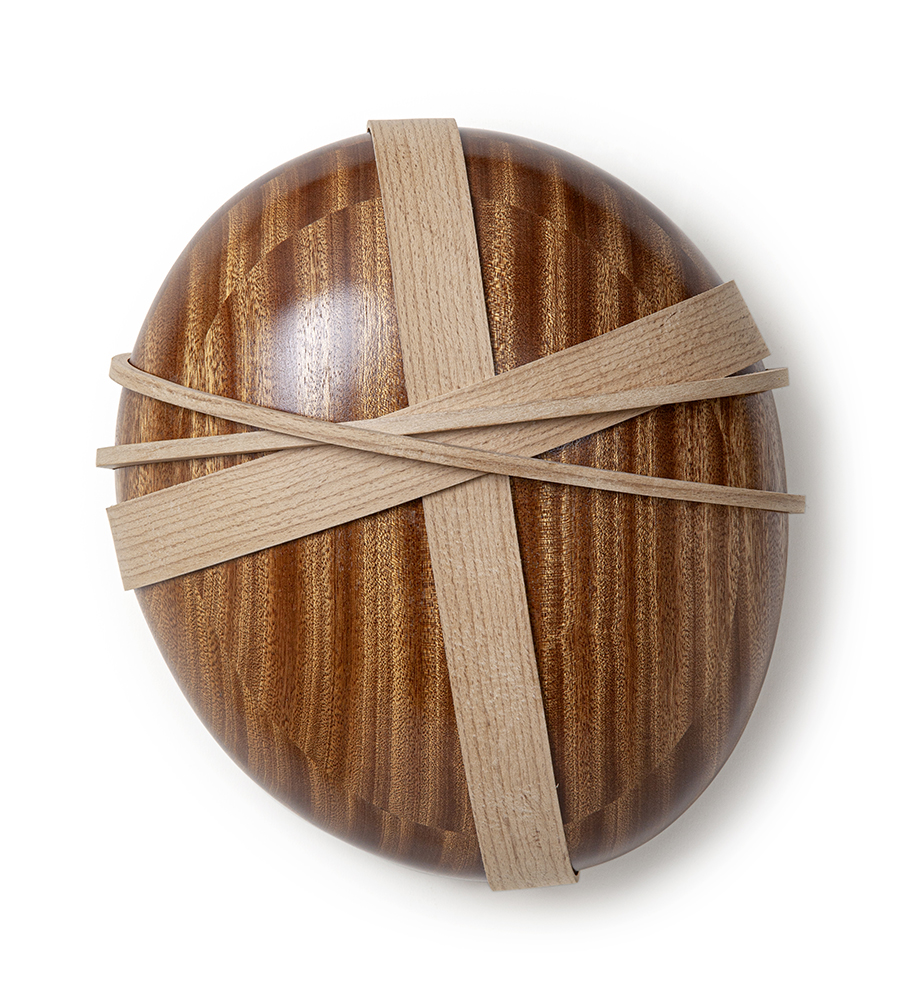
-As an artist, how do you define success?
Occasionally I have the opportunity to be with the collector when they decide to buy one of my pieces, and sometimes that collector describes a visceral connection to the work that is not always easy to put into words. They might say that my sculpture “speaks” to them, or touches them so profoundly in some way that they want to take it home and live with it. That connection is the most satisfying part of my work, and that’s what I consider success.
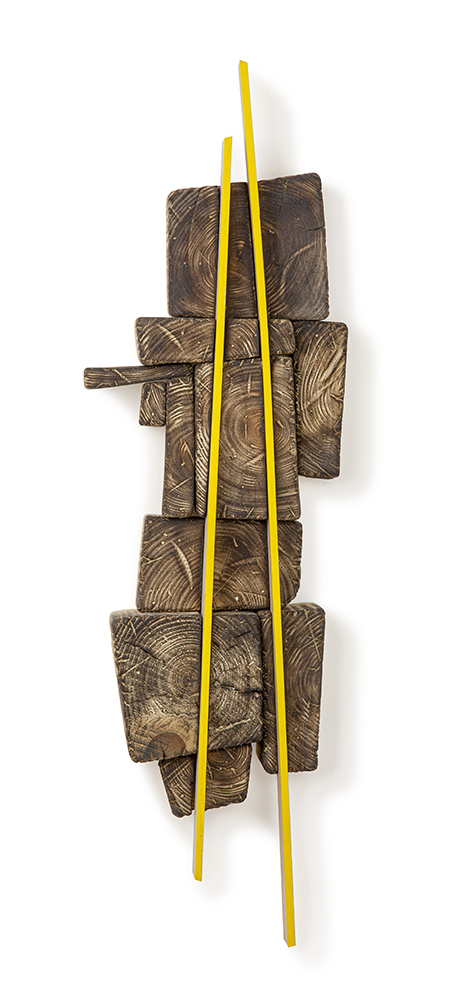
-What’s the best way for someone to check out your work and provide support?
The best way to see my work is to visit my website at dougcannell.com, click “CONTACT” and ask to be put on my email list. I show my work regularly in group shows (around the country, but mostly in Michigan), and every two years or so I have a solo exhibition. I also post work on Instagram @dougcannell, and some of my work is for sale online at saatchiart.com/dougcannell.
Statement
When it comes to developing ideas for my work, I have come to trust — even embrace — my subconscious. My best ideas come without me “trying”; they arise from a place that I don’t fully understand, from dreams, daydreams, and just letting my mind wander. My mind produces the seed of an idea that remains mysterious to me until I explore it. Only as I produce a piece does its meaning become clear to me.
I rarely set out to produce art “about” anything. I have little interest in using my artwork to convince anybody of anything, or make social or political statements. My pieces are about energy, balance (or the lack thereof), snapshots of motion, contrasts of the organic and the industrial, precision, and the “accidental” beauty that some functional objects hold for me. Some of my pieces use the visual cues of an engineered device, but “do” nothing. Ultimately, my goal is to create fascinating and beautiful objects that connect with people on a visceral level, pieces that elicit an emotional response and not necessarily an intellectual one.
MY CURRENT SERIES
A tree is a wild thing. We try our best to civilize it by chopping it down and sectioning it into the geometric shapes we call lumber, but a rich organic beauty persists within even the lowliest pine board. In this series, I take that “lumber” and coax it into shapes and objects that are more evocative of its original personality and home.
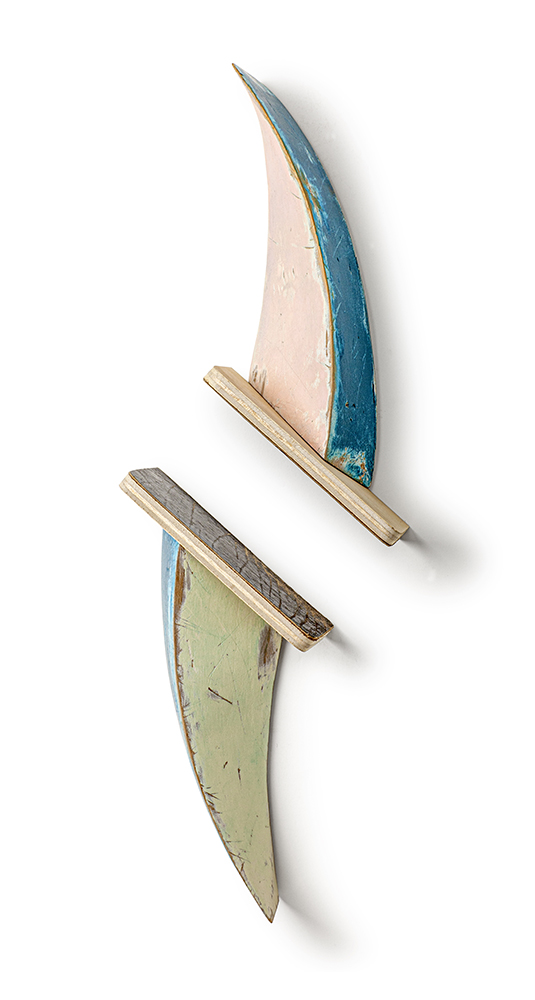
Bio

Doug Cannell is an award-winning sculptor whose works have been exhibited in museums and art galleries throughout the United States. He was born in Detroit, Michigan USA, where he continues to work from his studio. His sculpture is almost entirely abstract. He began working predominantly in clay, and then steel, and most recently has worked primarily in wood. While his choice of materials has evolved, an aesthetic throughline is present in his practice which often blurs the lines between art, craft and design.
